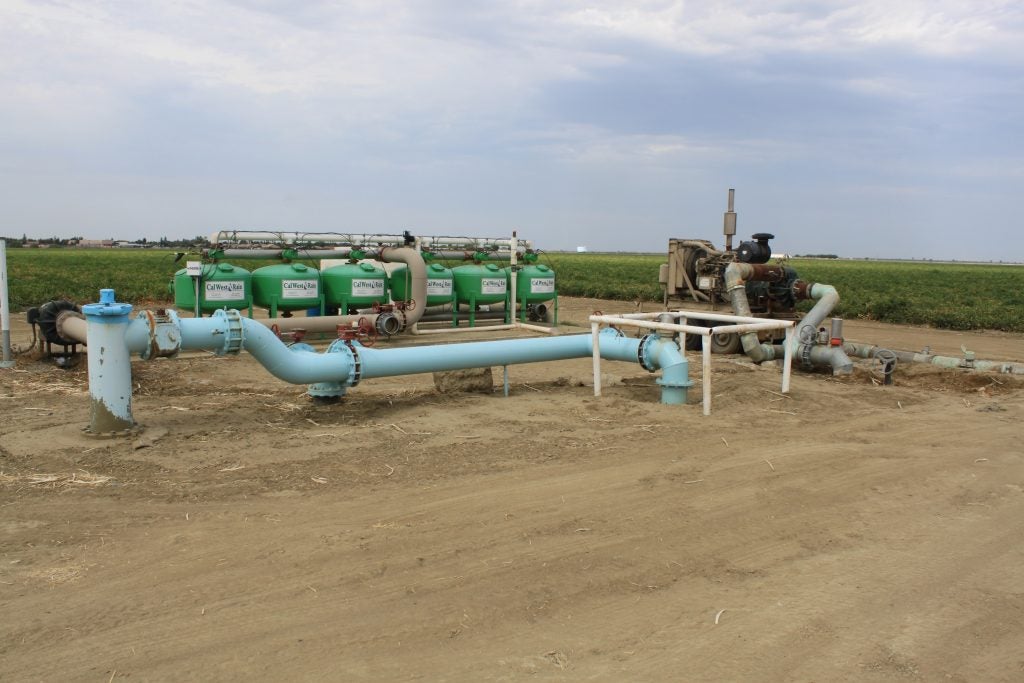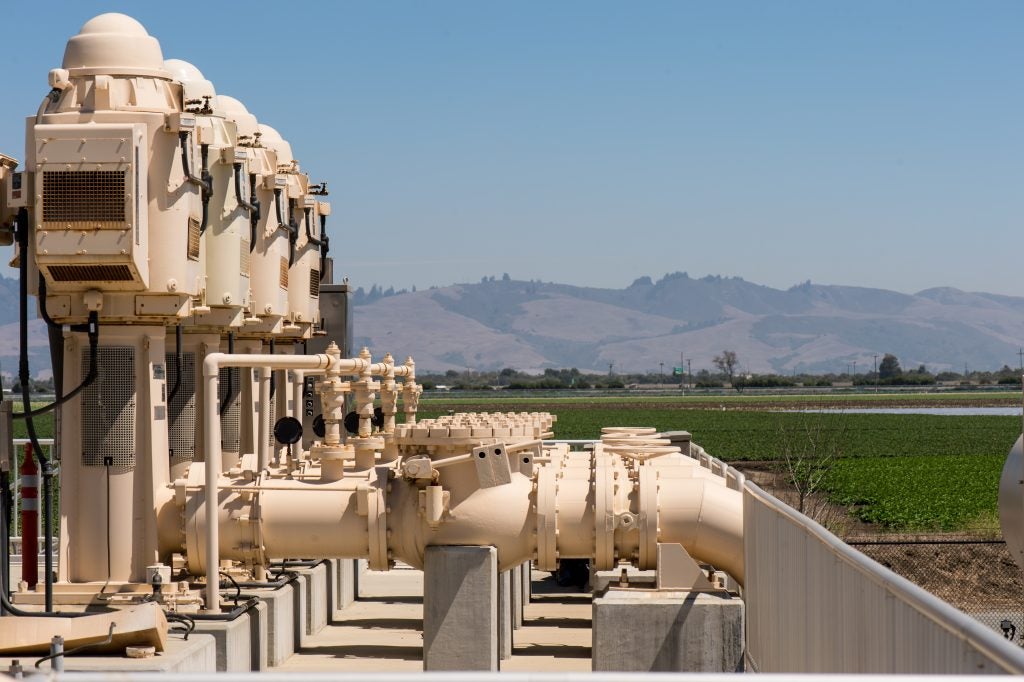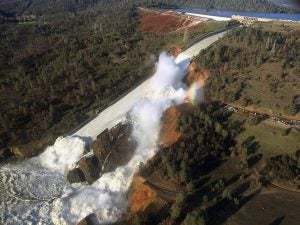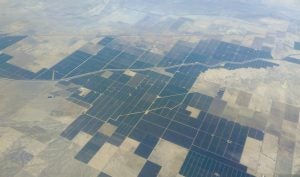This blog post was written by Sarah Fakhreddine, a former Lokey fellow in EDF’s Western Water program.
California’s Sustainable Groundwater Management Act (SGMA), signed into law five years ago, requires local leaders to balance groundwater demand and supplies for the first time. Groundwater is an important foundation of California’s water system, and SGMA is a crucial way of strengthening that foundation and creating a more resilient future for the state.
However, balancing groundwater budgets will not be easy. And this major challenge is further complicated by the fact that activities designed to increase groundwater supplies can unintentionally cause new groundwater quality problems or worsen existing contamination.
A new working paper that Environmental Defense Fund co-authored with Stanford’s School of Earth, Energy & Environmental Sciences; Green Science Policy Institute; and the Energy and Environmental Sciences Area of Berkeley Lab outlines how groundwater management activities can affect not only the quantity but also the quality of groundwater.
Our paper aims to help groundwater sustainability agencies and local communities avoid inadvertently contaminating supplies as they change management practices to comply with SGMA. In fact, it’s even possible for some SGMA projects aimed at increasing groundwater quantity to actually improve groundwater quality, too, the paper notes.





